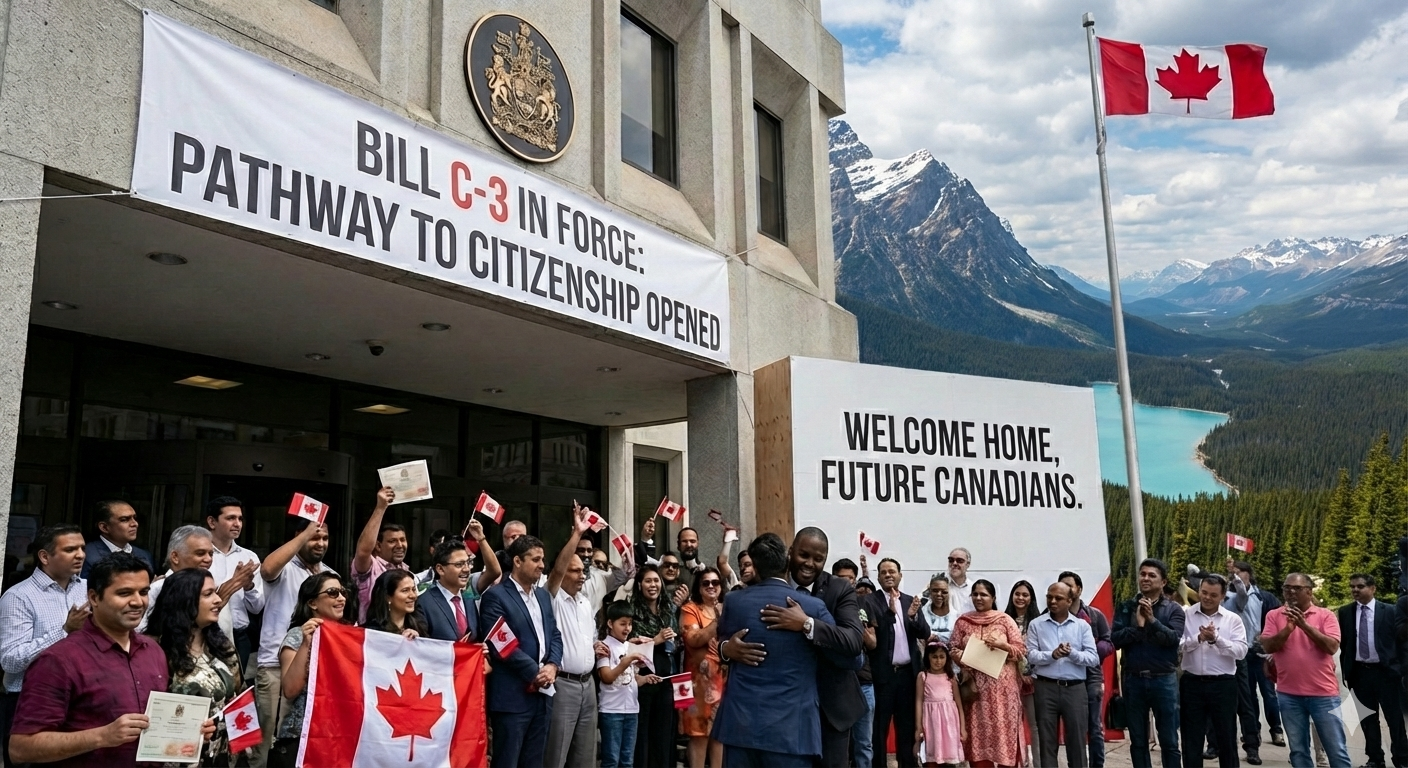Manitoba Launches New Pilot Pathway to Permanent Residency

On November 15, 2024, the Manitoba government
announced an exciting three-year pilot program aimed at addressing labour
market shortages in the rural west-central region of the province. The West-Central
Immigration Initiative (WCII) is a collaborative effort between the
Manitoba government, seven rural municipalities, and the Gambler First Nation.
This program is designed to meet the demand for skilled
workers and promote economic growth in smaller communities.
What is the West-Central Immigration
Initiative?
The WCII pilot brings together the following partners:
- Municipality
of Russell-Binscarth
- Rural
Municipality of Yellowhead
- Municipality
of Roblin
- Rural
Municipality of Ellice-Archie
- Rural
Municipality of Riding Mountain West
- Rossburn
Municipality
- Prairie
View Municipality
- Gambler
First Nation
A recent survey of 85 employers in the region revealed that
240 to 300 workers will be needed over the next three years to fill
roles created by new job opportunities, retirements, and general economic
growth.
Aiming for Growth and Community Development
Manitoba’s Minister of Labour and Immigration, Malaya
Marcelino, emphasized that this pilot is about addressing labour shortages
while fostering economic and community growth. As she stated, the initiative
focuses on ensuring Manitoba remains a welcoming province by responding to
local needs for skilled workers.
This pilot builds on Manitoba's successful regional
immigration initiatives in Winkler-Stanley, Morden, and the Parkland
region. The province also plans to work with other regional and rural
municipalities to develop similar programs in the future.
What Are Immigration Pilots?
Canada uses immigration pilot programs to tackle
specific labour shortages in certain regions or industries. These programs are
often partnerships between federal, provincial, and local governments to
support economic and community growth in targeted areas.
Key features of immigration pilots include:
- Addressing
regional or sector-specific labour shortages.
- Running
for a limited time (usually three to five years).
- Possible
eligibility requirements, such as job offers, work experience, language
skills, or educational qualifications.
For instance, the Agri-Food Pilot was created to
address labour shortages in Canada’s agri-food sector. If pilots are
successful, they may evolve into permanent immigration pathways, like the Atlantic
Immigration Program, which succeeded the Atlantic Immigration Pilot in
2022.
How Do Pilots Differ from Provincial Nominee
Programs?
While immigration pilots share similarities with Provincial
Nominee Programs (PNPs), there are key differences:
- Timeframe:
PNPs are not time-limited, while pilots usually run for a fixed period.
- Scope: PNPs
cover the entire province’s economic needs, whereas pilots focus on
specific regions or industries.
- Collaboration:
Pilots often involve more localized partnerships, while PNPs operate on a
provincial level.
What This Means for Workers and Communities
The WCII pilot offers a unique opportunity for skilled
workers to gain permanent residency while contributing to the growth of rural
Manitoba communities. It also highlights Manitoba’s ongoing commitment to
addressing regional needs and creating pathways for newcomers to succeed.






